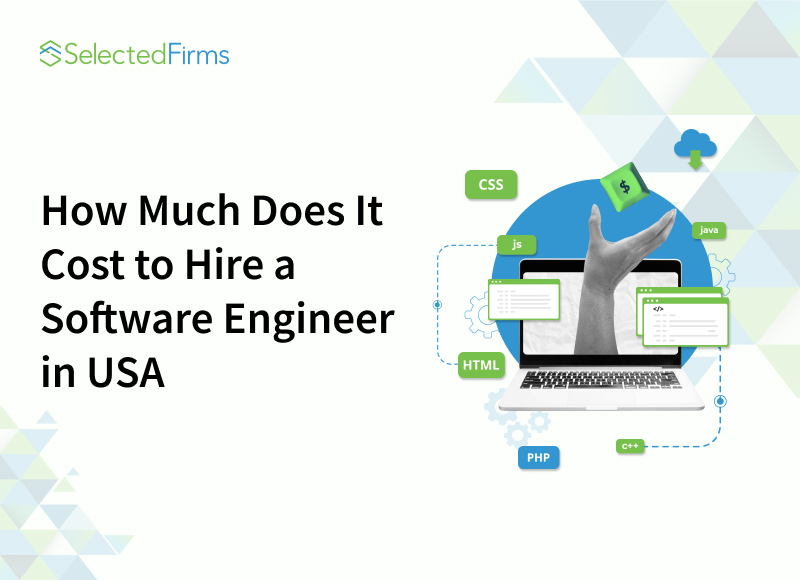Table of Contents
Looking to boost your e-commerce business? Consider implementing a subscription model. Learn about the six benefits it can bring to your business, including predictable revenue and improved customer retention.

The e-commerce industry has grown speedily over the past decade, with businesses increasingly shifting more of their operations online. Amidst this unavoidably competitive landscape, companies must continue to evolve and innovate to stay ahead.
The most popular business model in recent years is the e-commerce subscription model. This convenience-led approach enables customers to sign up to receive a product or service regularly, fostering increased customer-brand loyalty and generating reliable additional revenue streams for businesses.
This article will explore six key benefits of creating an e-commerce subscription model for your business.
What is an e-commerce subscription model?
An e-commerce subscription model is an online business model where customers sign up to receive products or services regularly, typically through a monthly or quarterly subscription plan. The customers pay a regular fee, and in return, they receive a product or service at regular intervals.
E-commerce subscription businesses often focus on convenience, personalization, and, crucially, value, providing a seamless user experience (UX) for customers while improving retention rates and generating recurring revenue for the business.
Three examples of e-commerce subscription businesses are:
- Dollar Shave Club: Dollar Shave Club is a subscription-based service that delivers razors and grooming products to customers monthly. Subscribers can choose from various plans with different types of razors and additional grooming products, tailoring the subscription to their preferences and needs.
- Blue Apron: Blue Apron is a meal kit subscription service that delivers pre-portioned ingredients and step-by-step recipes to customers' homes weekly. Subscribers can select their meal preferences, dietary restrictions, and the number of servings they want, making it easy to enjoy home-cooked meals without the hassle of meal planning and grocery shopping.
- Birchbox: Birchbox is a beauty and grooming subscription box service that delivers customers a monthly curated selection of sample-sized beauty, skincare, and grooming products. Subscribers can create a personal profile detailing their preferences and concerns, ensuring that the products in their box are tailored to their needs and interests.
The Benefits of Starting an E-commerce Subscription Business
1. Recurring revenue
One of the most significant benefits of adopting an e-commerce subscription model is the potential to generate consistent and predictable recurring revenue.
Instead of relying on one-time sales, businesses can secure a steady flow of income from subscribers who pay a regular fee for their products or services. This financial stability allows companies to better plan for future growth and allocate resources more effectively.
Recurring revenue also has a compounding effect over time. As the number of subscribers grows, so does the revenue stream, creating a snowball effect that can result in exponential growth for the business.
To summarize, the benefits of generating a more predictable revenue stream include the following:
- Improved cash flow
- Reduced marketing and acquisition spend
- The ability to forecast and budget more accurately
- The potential for exponential growth
2. Customer retention and loyalty
With a subscription model, customers become more engaged and invested in your brand. By offering a service that customers find long-term value in, you can foster meaningful, abiding relationships and improve your overall customer retention rates.
This is particularly important in the e-commerce space, where competition is fierce, and customer acquisition costs are high — acquiring a new customer may be as much as
Moreover, subscribers are likelier to become brand advocates as they are vested in the company's success. This can result in valuable word-of-mouth marketing and positive online reviews, further enhancing your brand's reputation and credibility.
3. Increased customer lifetime value (CLTV)
Customer lifetime value (CLTV) is a crucial metric for e-commerce businesses, as it measures the total revenue a customer is expected to generate over their relationship with your brand. The formula itself is pretty straightforward:
CLTV = customer value x average customer lifespan
By adopting a subscription model, you can increase the CLTV of your customers significantly. This is because subscribers are more likely to make repeat purchases and engage with your brand over a more extended period.
This leads to increased revenue and helps reduce customer acquisition costs, as you can focus your marketing efforts on retaining existing customers instead of continually seeking new one.
4. Data-driven insights
A subscription model offers valuable customer preferences and behaviour data, allowing you to make more informed decisions regarding product development, marketing, and customer service. By analyzing data from your subscribers, you can identify patterns and trends that can guide your business strategy.
One of the best ways to collect and analyze all this data is through a subscription management platform such as Recurly or Recharge. You can track all your subscriber's lifecycle activities, from sign-up to cancellation.
There are plenty of platforms to choose from, but your choice will largely depend on your preferences and experience level. Chargebee, for example, is one of the best Recurly alternatives because of its superior usability and ability to quickly generate custom reports without developer involvement, making it the ideal choice for those without a technical background.
Connecting your subscription management platform to your CRM or accounting software can create a clear picture of your overall customer metrics. This information can then be used to optimize your product offerings, tailoring them to your customer base's specific needs and preferences.
Additionally, you can use this data to create targeted marketing campaigns, ensuring that your marketing messages resonate with your audience and deliver better results.
5. Inventory management and cost savings
Often, one of the most demanding challenges faced by e-commerce businesses is inventory management. Overstocking can increase holding costs, while understocking can result in lost sales and dissatisfied customers.
Sure, inventory management software such as Veeqo for e-commerce businesses will help to streamline stock management by syncing inventory across your warehouses and storefronts, but a subscription model can make this even more accessible by providing more predictable demand for your products.
In a traditional one-off transaction model, product demand fluctuates, meaning maintaining optimal inventory levels can take time. In a subscription model, on the other hand, that demand is more steady and predictable.
With a clearer understanding of your customer's needs and demands, you can better forecast inventory requirements and reduce the risk of overstocking or understocking. This can result in cost savings, as you can optimize your inventory levels and reduce waste.
6. Upselling and cross-selling Opportunities
A subscription model creates ample opportunities for upselling and cross-selling, as customers are already engaged with your brand and have demonstrated a keen interest in your products or services. As a result, you can increase the average transaction value and generate more revenue by offering additional products or service tiers.
For example, you could offer subscribers an upgraded package with additional features, exclusive access to new products, or faster shipping options.
Alternatively, you could introduce add-on products or services that complement the primary subscription offering, such as accessories or related items.
These upselling and cross-selling strategies can help maximize the revenue potential of each subscriber and further improve your customer lifetime value.
Conclusion
The e-commerce subscription model offers numerous benefits to help your business thrive in the competitive online landscape. Adopting this approach can generate recurring revenue, improve customer retention and loyalty, increase customer lifetime value, gain valuable data-driven insights, optimize inventory management, and capitalize on upselling and cross-selling opportunities.?
To succeed with a subscription model, it is crucial to provide a valuable and unique offering that meets the needs and preferences of your target audience. By carefully considering your product offerings, pricing, and subscription terms, you can create a compelling subscription service that sets your business apart from the competition and drives long-term growth.









